Associate Professor, Dr. Nguyen Sinh Hien, Director of Hanoi Heart Hospital, shared about the breakthrough in minimally invasive heart surgery.
Continuing the “classic” with the “modern”: Complete endoscopy when replacing two heart valves
Instead of cutting open the patient's sternum to replace both heart valves, doctors at Hanoi Heart Hospital performed a complete endoscopic surgery to replace both the aortic and mitral valves at the same time. The surgery to replace both valves was very difficult because the surgical field was small, so doctors had to be very careful.
Sharing about this case, Associate Professor, Dr. Nguyen Sinh Hien, Director of Hanoi Heart Hospital, said that this is a 70-year-old male patient with severe aortic valve regurgitation and mitral valve regurgitation. The patient underwent complete endoscopic surgery through a small incision on the chest wall even though the two valves were quite far apart.
With the “classic” surgical method, surgeries to replace two heart valves must be performed by open surgery, which takes a long time, has a high risk of infection, and is especially painful during recovery. However, with modern endoscopic techniques, the surgical time is significantly shortened, the patient heals quickly and avoids osteomyelitis due to sternum separation.
Associate Professor, Dr. Nguyen Sinh Hien, Director of Hanoi Heart Hospital
Normally, with the “classic” surgical method, surgeries to replace two heart valves must be performed by open surgery, which takes a long time, has a high risk of infection and is especially painful during the recovery process. However, with modern endoscopic techniques, the surgical time is significantly shortened, the patient heals quickly and avoids osteomyelitis due to sternum separation.
According to Associate Professor Hien, minimally invasive heart surgery is a developing trend in medicine in the world as well as in our country. Previously, in open surgery, the doctor had to cut along the sternum with a large incision, sometimes leaving serious consequences such as chest deformity, sternum inflammation leading to death.
Associate Professor, Dr. Nguyen Sinh Hien, Director of Hanoi Heart Hospital, shared about the breakthrough in minimally invasive heart surgery.
However, with modern medicine, many congenital heart diseases can be treated with laparoscopic surgery, minimally invasive surgery, without having to split the patient's sternum but through the intercostal space.
This technique has many advantages such as small incision, ensuring aesthetics, reducing pain, reducing complications for patients, especially avoiding damage to the sternum, especially for the elderly. After surgery, patients recover quickly, after a week they can be discharged. With the old surgical method, patients need to stay in the hospital for 2-3 weeks.
Every year, Hanoi Heart Hospital performs about 2,300 open heart surgeries, leading the country in the number of surgeries, including about 900 minimally invasive surgeries.
Every year, Hanoi Heart Hospital performs about 2,300 open heart surgeries, ranking first in the country in terms of the number of surgeries. The hospital performs about 900 minimally invasive surgeries, including congenital heart surgery via small incisions and endoscopic surgery for all heart valve diseases, from repairing or replacing one valve to replacing two valves through minimally invasive approaches.
International doctors and experts directly monitored the surgery.
“Minimally invasive heart surgery is not only a technical advancement but also a transformation in treatment philosophy, focusing on the patient while opening new boundaries for us to explore and overcome,” Associate Professor Hien emphasized.
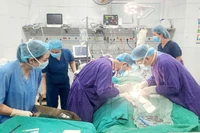
Saving a man who had cardiac arrest after swimming
05/30/2025 20:58
These results are a testament to the hospital's efforts in applying modern techniques to provide optimal treatment results, shorten recovery time and improve the quality of life for patients.
Hanoi Heart Hospital has also researched several methods of repairing heart valves without replacing them, optimizing the preservation of heart valves for patients. When the heart valve is repaired well, after surgery, the patient will not need to take anticoagulants, thereby increasing the quality of life and reducing the risk of complications during surgery.
International reach - Attracting experts, improving medical quality
Currently, Hanoi Heart Hospital is gradually affirming the position of Vietnamese medicine in the region and in the international arena through training activities and in-depth professional exchanges.
The professional program "Advanced minimally invasive cardiac surgery" is implemented on an international scale, with the participation of leading experts from major cardiovascular centers and leading hospitals from Singapore, China, Philippines, Indonesia, Malaysia, Thailand, etc.
The professional program "Advanced minimally invasive cardiac surgery" is implemented on an international scale, with the participation of leading experts from major cardiovascular centers and leading hospitals from Singapore, China, Philippines, Indonesia, Malaysia, Thailand, etc.
Vietnam has implemented this technique effectively, balancing quality and accessibility - cardiologist Wong Max shared after the program.
International doctors and experts discussed the expectations of professionals in the region and around the world, shared new techniques with Nhan Dan reporters; and went directly into the operating room to monitor surgeries and observe the coordination process between members of the Vietnamese surgical team.
I chose to participate in the program in Vietnam because I was impressed with the development of minimally invasive cardiac surgery techniques here, especially the role of Hanoi Heart Hospital in training and clinical practice. Vietnam has implemented this technique effectively, balancing quality and accessibility.
Wong Max, cardiologist
“I chose to participate in the program in Vietnam because I was impressed with the development of minimally invasive cardiac surgery techniques here, especially the role of Hanoi Heart Hospital in training and clinical practice. Vietnam has implemented this technique effectively, balancing quality and accessibility,” said cardiologist Wong Max from Hong Kong (China).
International doctors and experts directly monitored the surgery.
I also look forward to continuing to discuss further with colleagues in the region to jointly promote the development of MICS (Minimally Invasive Cardiac Surgery) in Southeast Asia. Establishing a network of collaboration and regular exchanges will help us update each other, and together support countries in the region to develop the field of minimally invasive cardiac surgery, Dr. Wong Max added.
Dr. Thadeus Pablo from the Philippines expects: “During the learning and observation process, I have learned some new techniques as well as ways to improve the procedure to increase the efficiency and safety of the surgery. Meeting and exchanging directly with leading experts in minimally invasive heart surgery is a valuable opportunity.”

Israel successfully performs first completely artificial heart transplant
06/01/2025 22:54
Experts and doctors participating in the program all hope that the "MICS community" in Southeast Asia can maintain close communication, create a continuously updated knowledge network, thereby supporting countries in the region to develop together, and improve cardiovascular treatment capacity using minimally invasive methods.
With the orientation of deep integration and improving professional quality, Hanoi Heart Hospital not only aims to be a quality medical examination and treatment address in the country but also a prestigious destination for international experts, a center connecting knowledge and advanced techniques in the field of cardiovascular surgery in the region.
LOYAL
Source: https://nhandan.vn/tiep-noi-kinh-dien-bang-hien-dai-noi-soi-toan-bo-khi-thay-hai-van-tim-post885499.html



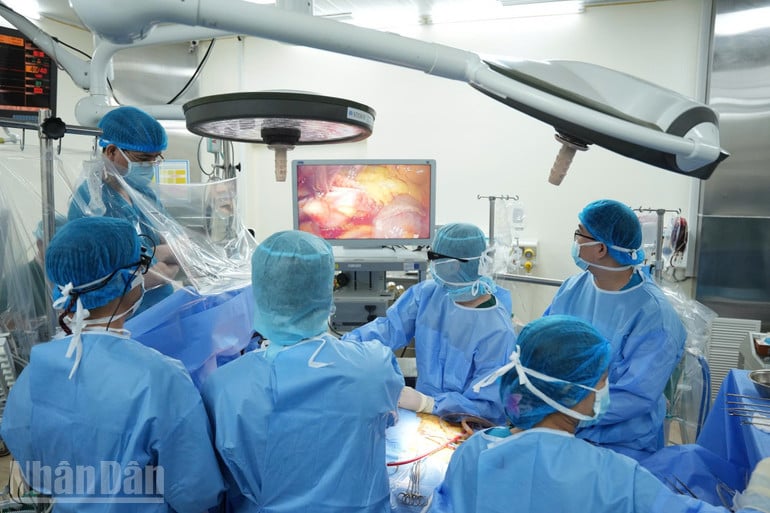
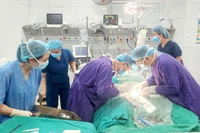
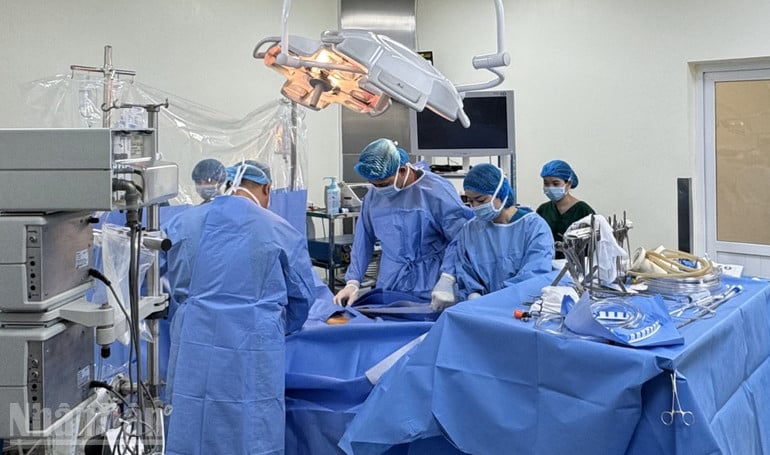
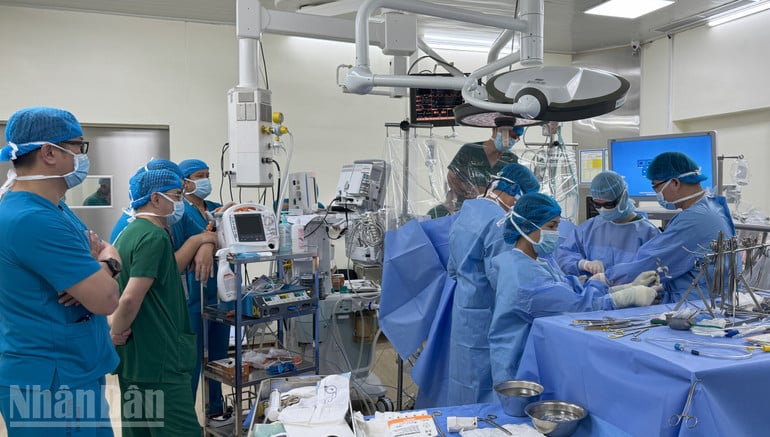
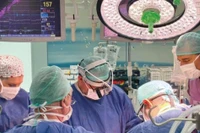










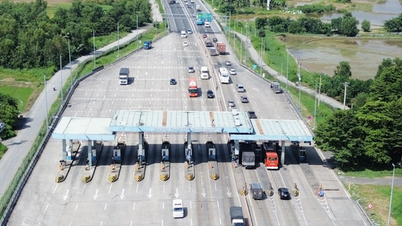

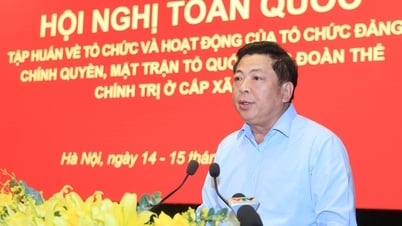







































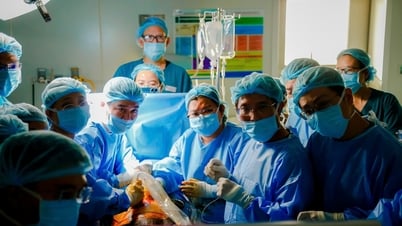












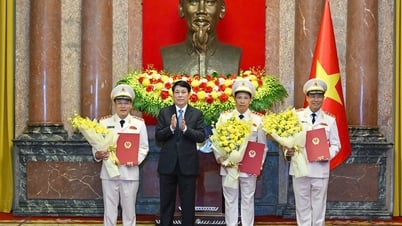












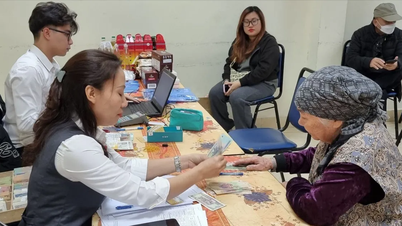













Comment (0)